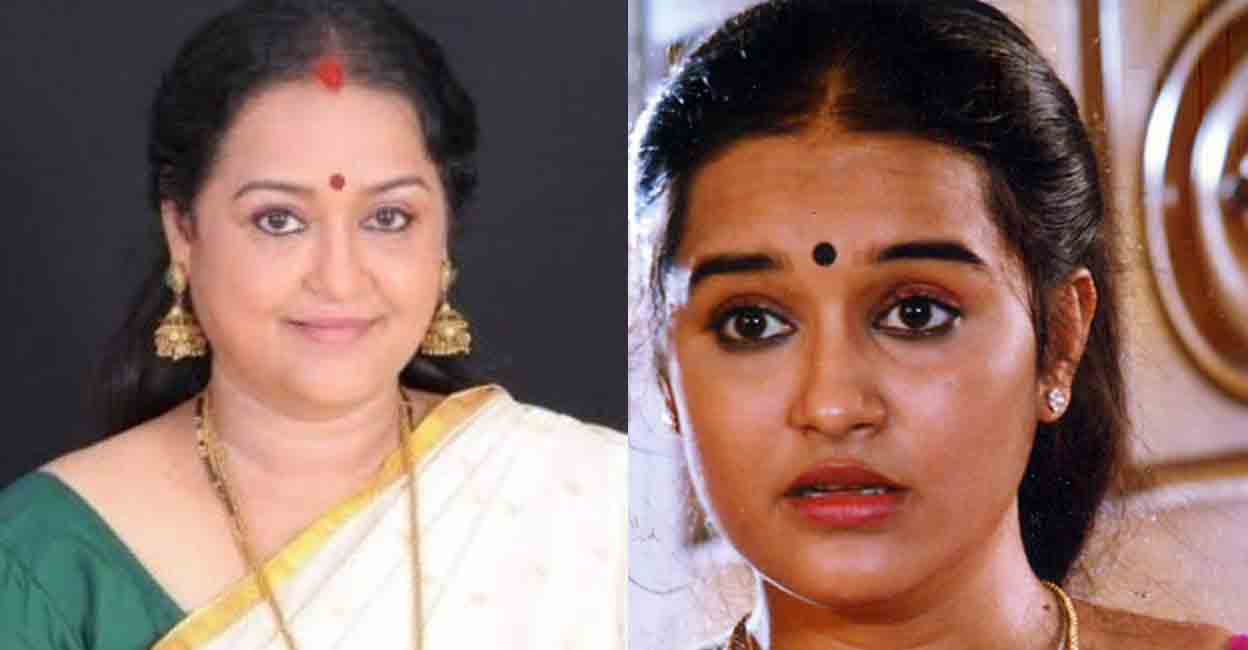

There is an inclusive and exclusive form of ‘we’.Gender is marked only in the third person singular. Personal pronouns are marked for person, case and number.Inanimate accusative has the same form as the nominative case. There are five cases: nominative, accusative, genitive, dative, locative, ablative.Nouns denoting human beings form plural with a special suffix, e.g., amma ‘mother’, ammamárr ‘mothers.’ Plural is formed by adding a suffix to the singular e.g., patti ‘dog’, pattikal ‘dogs’. There are two numbers: singular and plural.They are inflected for the following categories: This class of words includes common nouns, proper names, numerals, pronouns and some adjectives. There is no absolute limit on the length and extent of agglutination in Malayalam, sometimes resulting in very long words. Like other Dravidian languages, Malayalam is agglutinative, i.e., it adds suffixes, one after another, to stems to form words and to express grammatical functions. At the same time, spoken Malayalam is rapidly becoming standardized due to the influence of mass education and the growing influence of mass media.

Dialects spoken by the Muslim population have many borrowings from Arabic and Urdu.

The language of the high castes is more influenced by Sanskrit than the language of the lower castes dialects spoken by Christians have more loan words from Portuguese, Latin, and English than other dialects.

For instance, among the Hindus, the speech of Brahmins (the highest caste) differs from that of Nairs (a medium-high caste), and these, in turn, are distinct from the speech of Ezhava (low caste). There are differences in the speech of Christians, Hindus, and Muslims within a single geographic area. There are also a number of social varieties depending on caste and religion. These regional dialects are characterized by differences in pronunciation and vocabulary. Among them are Central Kerala, Kasargod, Kayavar, Malabar, Malayalam, Moplah (Mapilla), Nagari-Malayalam, Namboodiri, Nasrani, Nayar, North Kerala, Pulaya, South Kerala ( Ethnologue).
#MALAYALAM TV#
The formal style is used in most writing, in radio and TV programs, and in public speaking.Įthnologue identifies a number of regional dialects of Malayalam. Malayalam has two basic styles: a formal and an informal one. Greater use of Malayalam has contributed to the growth of the language in terms of vocabulary and the number of styles and registers. After Independence in 1947, the state governments of India started using regional languages more and more in administration andt he media. It was required in all administration above the district level, and was the dominant language of the print media. Throughout the period of the British rule of India, English was the language of most education above the elementary level. In these regions, Malayalam is used in government, commerce, and in mass communication. Malayalam has official language status in the Indian state of Kerala and in the Laccadive Islands. It is also spoken in Bahrain, Fiji, Israel, Malaysia, Qatar, Singapore, United Arab Emirates, and United Kingdom. It is spoken by 38 million people primarily in the state of Kerala and in the Laccadive Islands in southern India. Malayalam is one of the 22 official languages and 14 regional languages of India.


 0 kommentar(er)
0 kommentar(er)
